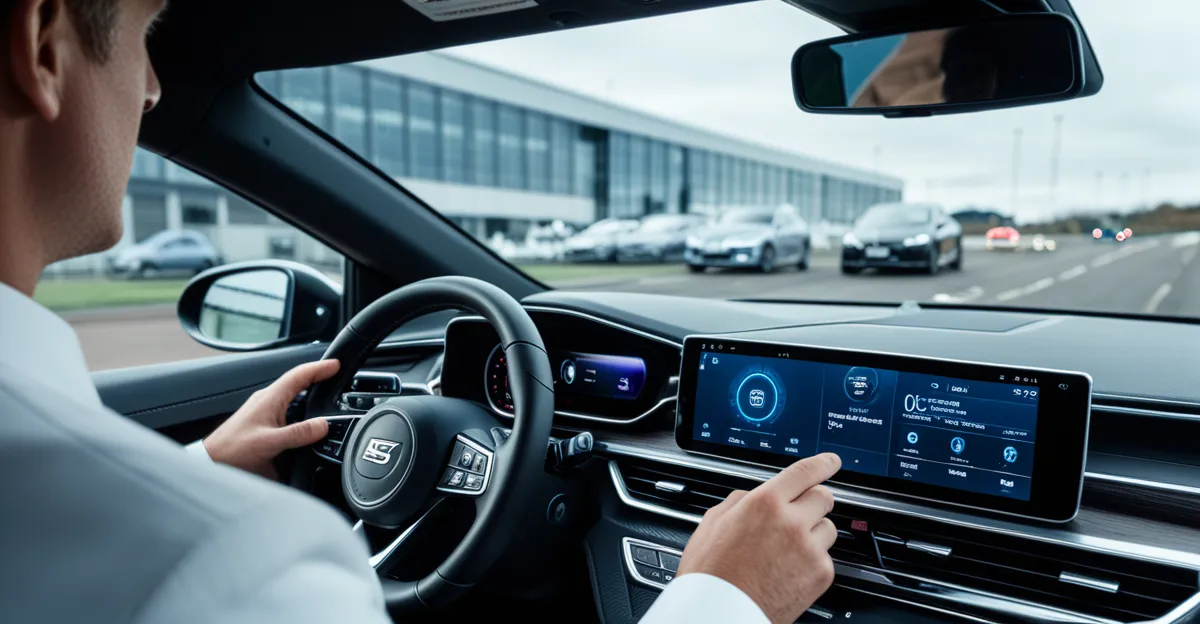5G Capabilities and the Current State of the UK Automotive Industry
Exploring the intersection of 5G technology with the UK automotive sector reveals significant potential to accelerate the industry’s digital transformation. The advanced features of 5G—including ultra-low latency, high bandwidth, and massive device connectivity—address critical needs in automotive applications such as real-time data exchange and vehicle communications.
The industry overview highlights how UK automotive manufacturers and suppliers are beginning to integrate digital tools and connectivity solutions. However, traditional networks often lack the speed and reliability required for emerging vehicle technologies. Current connectivity infrastructures like 4G face limitations in handling dense urban traffic environments or supporting high-data-volume applications like autonomous driving and V2X communications.
Also to discover : What challenges does the UK automotive sector face in reducing emissions?
By overcoming these constraints, 5G technology promises to enhance vehicle-to-infrastructure interactions, enabling smarter transport ecosystems. It also plays a pivotal role in ensuring the UK automotive sector keeps pace with global digital advancements. The ongoing digital transformation in the UK automotive industry is pivotal, leveraging 5G to transition from conventional manufacturing and mobility approaches toward integrated, connected, and smarter solutions.
In this context, continual investment in 5G deployment and integration is essential for the UK automotive sector’s future competitiveness and its ability to meet rising demands for connected and autonomous vehicle capabilities.
Additional reading : What Are the Most Common Misconceptions About Electric Cars in the UK?
Enhanced Connectivity for Vehicles and Smart Mobility
Enhancing connected vehicles depends heavily on 5G technology’s ability to facilitate rapid, reliable data exchange. One key application is vehicle-to-everything (V2X) communication, which connects vehicles with each other, infrastructure, pedestrians, and networks. 5G’s ultra-low latency and high bandwidth allow for near-instantaneous message delivery, a crucial factor in preventing accidents and improving traffic flow.
In the context of the UK automotive sector, 5G benefits extend to smart mobility solutions that transform urban environments. Real-time data sharing enables adaptive traffic management systems, reducing congestion and enhancing public transportation efficiency. For example, traffic signals can adjust dynamically based on vehicle density, enabled by continuous communication through 5G networks.
Existing connectivity solutions such as 4G struggle with bandwidth and latency constraints, limiting the effectiveness of V2X and smart mobility initiatives. The transition to 5G remedies these limitations by supporting massive device connectivity and ensuring consistent network performance even in dense urban areas.
Thus, 5G technology is pivotal in evolving the UK automotive sector towards a future where connected vehicles seamlessly interact with smart urban infrastructure, fostering safer, more efficient mobility systems. Users stand to benefit from reduced travel times, enhanced safety, and a more integrated transportation experience.
